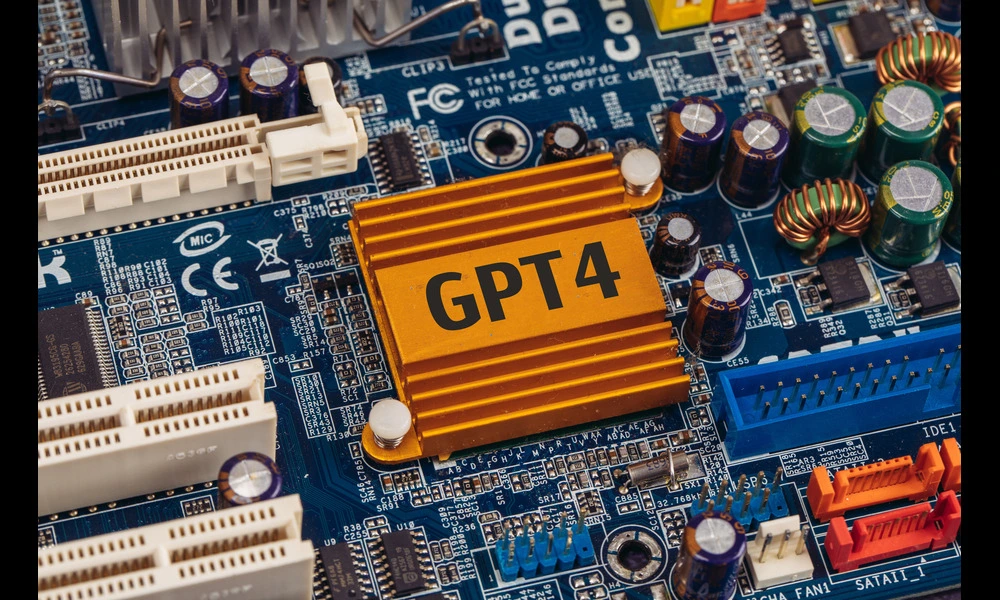New Study Reveals Groundbreaking Discovery in Understanding Kidney Function and Potential for Treating High Blood Pressure and K
Published on Sun Nov 05 2023A groundbreaking study has just revealed a crucial piece of the puzzle in understanding how our kidneys regulate blood volume and pressure—a discovery that could pave the way for new treatments for high blood pressure and kidney disease. Researchers have pinpointed a specific ion channel, known as PIEZO2, which acts within the kidney's juxtaglomerular (JG) cells to help monitor and adjust the body's blood volume, an essential process for maintaining stable blood pressure and kidney function. This channel responds to changes in blood volume and pressure, playing a vital role in the release of renin, a hormone integral to the renin-angiotensin-aldosterone system (RAAS), which in turn influences blood pressure, fluid balance, and electrolytes.
The study, which applied both genetic engineering and rigorous in vivo experimentation, has demonstrated that when PIEZO2 is disrupted, there is a notable dysregulation of the RAAS. Mice genetically altered to lack PIEZO2 specifically in their kidney cells displayed higher levels of renin in the blood, greater systemic blood pressure, and signs of glomerular hyperfiltration, suggesting an exaggerated hormonal response to blood volume depletion. This finding is a significant leap forward in comprehending the kidney's intricate web of surveillance over our crucial life-supporting fluids.
The newly discovered role of PIEZO2 extends our understanding of the delicate interplay between mechanical and chemical signals in the kidney. The loss of this ion channel's function illustrates the fine-margin balancing act played out within the juxtaglomerular apparatus (JGA), the kidney's blood-pressure and blood-volume monitor. The consequences are systemic and illustrate the broader impact of kidney function on cardiovascular health. For individuals with high blood pressure, particularly where renin levels are implicated, this research offers a beam of light towards potential therapeutic innovations.
Moreover, the study propels our comprehension of renal blood volume sensing beyond the previously understood mechanisms. While science has long recognized that the JG cells are stimulated by chemical signals and blood vessel stretching, the revelation that PIEZO2 acts as a 'brake' on renin release adds a layer of complexity and control to this system. It suggests that regulating the activity of this ion channel could be an avenue for moderating the hormonal cascade that tightens blood vessels and conserves water and electrolytes, vital for people with blood pressure disorders.
Enabling a nuanced look into kidney function, these findings have vast implications for combating diseases like hypertension and chronic kidney disease, which affect millions worldwide. By shedding light on the molecular underpinnings of our body's homeostatic mechanisms, researchers are carving a path toward designing precise interventions that can help maintain health and treat disease.



